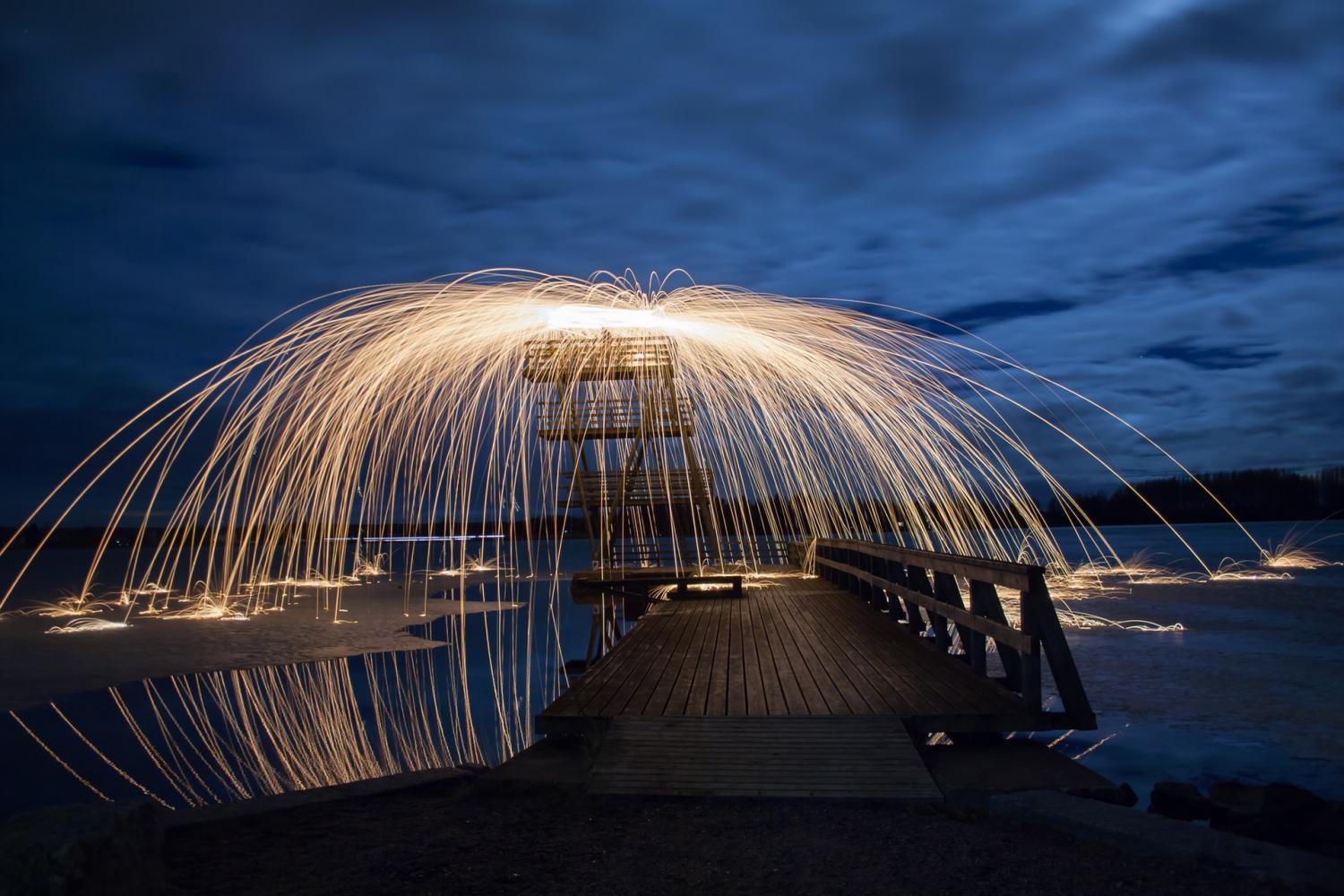
Despite a global pandemic that kept many of us indoors for months on end, our fascination with viewing nature from our living room windows hasn’t resulted in the global sustainability movement that we assumed would unfold. While worldwide investment in renewables enjoyed steady growth last year, evidence suggests the growing climate crisis is outpacing any transformation from conventional energy to more sustainable sources.
“The world’s dependency on fossil fuels is likely to get even worse in the coming decades, exacerbating the risk of a climate catastrophe as world leaders and CEOs repeatedly tout their commitment to the so-called ‘energy transition,’” headlined one CNBC story last week.
And after being cooped up for the past year, it’s clear that any calls to curb our collective energy demand could for the most part go unheard. An anticipated global economic boom signals an increase in just about everything that requires energy, from road trips to shipping and manufacturing.
Yet last week, one country announced that its energy transition is well underway. Statistics Finland, the Nordic country’s national information service, said renewables outpaced the use of fossil fuels and peat last year. Although consumption of renewable sources of power decreased by 1 percent, their share of Finland’s energy portfolio increased to 40 percent, due to a decline in usage of both fossil fuels and peat.
The decrease in peat usage is particularly encouraging, as the burning of this partially decayed turf for fuel has been a significant contributor to Finland’s carbon footprint. Largely welcomed a half century ago when Finland, like much of the world, faced an energy crisis, the use of peat for energy has longed been slammed by critics for its carbon intensity and impact on ecosystems such as wetlands.
Wind power surged across Finland last year at a rate of 30 percent, followed closely by hydropower. Finland’s government has been keen on boosting wind power capacity by leasing state-owned land to wind farm developers; investments on that front keep hitting the newswires in the meantime.
The Finnish government also appears to be looking at the long game: Its president, Sauli Niinistö, recently expressed his wish to host a major global climate summit in 2025, 50 years after the historic Helsinki Accords, which was one important step in easing relations between the then-Soviet Union and major western powers.
The nation of 5.5 million still has some catching up to do with its neighbors, however, when it comes to the deployment of renewables. For example, Norway generates most of its power from hydropower and has been a leader in electric vehicle adoption. Critics have responded that the oil-rich nation has simply exported its carbon emissions. And in between those two countries, Sweden says 54 percent of its power needs are derived from hydropower and biomass, the latter of which poses its own challenges, say industry observers.
Image credit: Simo Saarinen/Unsplash

Leon Kaye has written for 3p since 2010 and become executive editor in 2018. His previous work includes writing for the Guardian as well as other online and print publications. In addition, he's worked in sales executive roles within technology and financial research companies, as well as for a public relations firm, for which he consulted with one of the globe’s leading sustainability initiatives. Currently living in Central California, he’s traveled to 70-plus countries and has lived and worked in South Korea, the United Arab Emirates and Uruguay.
Leon’s an alum of Fresno State, the University of Maryland, Baltimore County and the University of Southern California's Marshall Business School. He enjoys traveling abroad as well as exploring California’s Central Coast and the Sierra Nevadas.














